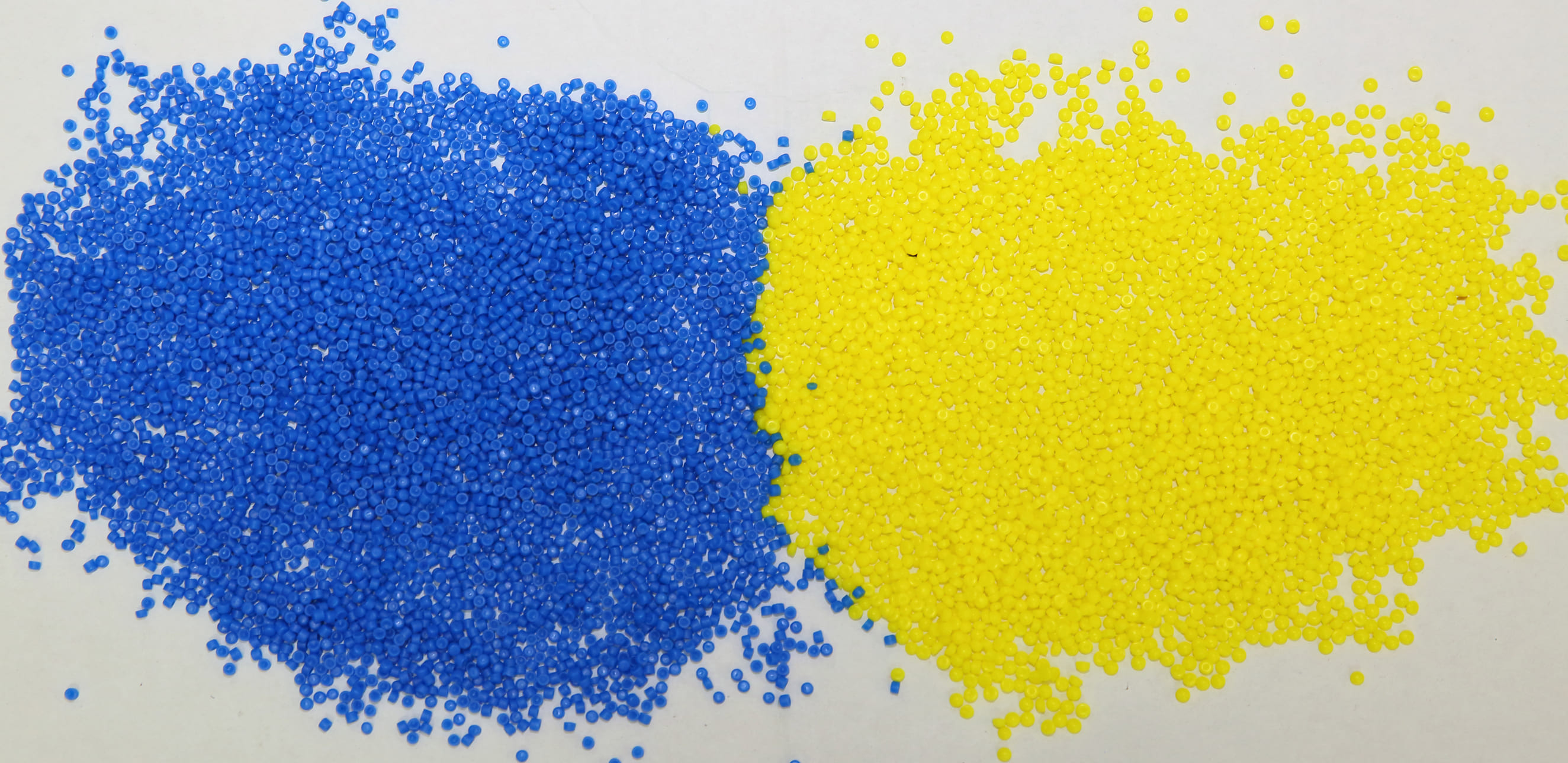Polyethylene is a material that offers a valid economical and technical solution in a broad range of applications for the transport of pressurised and non-pressurised fluids.
A polyethylene pipe, in order to transport drinking water, can be installed underground or above-ground and in both cases its installation is much more affordable with respect to traditional materials (steel and/or cast iron) because it requires less work and specific equipment. In addition, polyethylene potentially requires less maintenance costs and has a significantly longer service life. In developing systems to transport gas, the most significant advantage, among others, is the absolute insensitivity of polyethylene pipes to stray currents, which allows the gas distribution company to avoid the use of all the costly and sometimes scarcely efficient technologies for the cathodic protectionof pipelines.

Which are the advantages of this material?
The advantages of polyethylene can be summarised as follows:
- Service economy, in public applications, the service economy can be extremely high as compared to other materials. The internal surfaces of pipes are extremely smooth and for this reason maintain excellent flow rates, often in prohibitive conditions, and the joints of the various parts of the system can be made (also by personnel with minimum specialisation) by fusion, thus reducing dispersions. And it is precisely fluid dispersions due to a large number of mechanical joints that determines such a high rate of loss in aqueducts and gas pipelines;
- Leak-free and monolithic joints, since welding (fusion) is normally used for jointing, thus eliminating the need for gaskets every 6/12 metres. All mechanical joints need gaskets, which over time and depending on the conditions of use have the potential to generate dispersions. In comparing the two jointing methods, it has been proven that welded joints reduce dispersions by 10%. Moreover, welded jointing doesn’t require blocks of support cement to stop the mechanical joints from slipping due to internal pressure;
- Resistance to corrosion, polyethylene pipes do not rust, they do not allow the creation of cavities, are not sensitive to stray currents and do not promote bacteriological growth (iron-oxidising bacteria). They can pass immune through areas characterised by a strong presence of chemically active environments. Only in the presence of organic solvents do the pipes need to be protected against the risk of permeation;
- Resistance to fatigue and flexibility, polyethylene pipes can be laid exploiting their flexibility, curving them and thus minimising the use of special pieces. Polyethylene has a low elastic modulus, which translates into a high water hammer absorption capacity. Polyethylene pipes can support multiple water hammers with pressures as high as double the operating pressure, without having any negative effects on the product’s expected service life;
- Resistance to seismic effects, the stiffness, ductility and flexibility of polyethylene combined with the possibility for welded joints makes PE pipes ideal for laying in dynamic soil (landslide prone) and areas subject to seismic risk (note the famous result obtained by the gas pipeline in PE during the earthquake in Kobe — Japan);
- Durability, the polyethylene system is designed for a system service life of at least 50 years. To obtain this type of result and more (in certain countries the system service life is calculated as 100 years), the system needs to be properly designed, constructed in accordance with best practices and operated in accordance with the rules laid down by the relevant bodies;
- Resistance to temperature, in an operating temperature range between -70 and + 60 °C the main physical and mechanical properties of polyethylene remain unaltered. This makes it particularly suited for use as a raw material for the production of pressure-bearing fluid pipelines.
